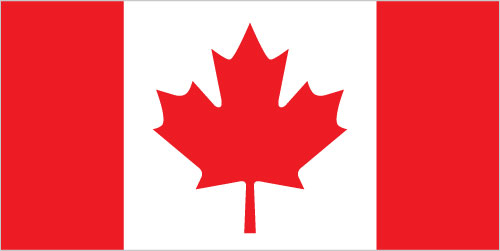Über den Ort » Sheet Harbour, Nova Scotia, Kanada
Sheet Harbour is a rural community on the Eastern Shore of Nova Scotia, Canada. It is located in the eastern reaches of the Halifax Regional Municipality, approximately 117 km (73 mi) northeast of the central urban area of the municipality, concentrated on Downtown Halifax and Dartmouth. The community is located along the Marine Drive scenic route on Trunk 7 at its junctions with Route 224 and Route 374. Surrounding the branched harbour which its name is derived from, the community has a population of about 800 and its respective census tract, containing sizable amounts of land around the community, has a population of 3,478 as of the 2011 Census. Two rivers, West River and East River, flow through the community and into the Northwest and Northeast Arms of the harbour respectively. The coastline of the community is heavily eroded and the region in which the community is located has an abundance of lakes. The region has a humid continental climate, congruent with the majority of Nova Scotia, and the ocean significantly influences the temperature. The majority of the land that the community occupies was granted in 1773, and a colony was established thereafter in 1784 by Loyalist refugees and British veterans of the American Revolution. The mi'kmaq referred to the area as Weijooik, meaning "flowing wildly". The settlement was labelled as "Port North" on the Royal Navy Chart published in 1778, and retained this name until 1805. Alternate names such as Campbelltown and Manchester were proposed for the settlement, but the name was ultimately changed to Sheet Harbour, named for a rock at the entrance to the harbour resembling a sheet, to provide a more descriptive name for the settlement. Sheet Harbour became a prosperous hub for the lumber industry. A sawmill was built around 1863 at the tide head of East River, though its operating company dissolved a few years later due to financial issues. The first sulphide pulp mill in Canada was built in 1885 at East River. The mill closed in 1891 due to the cost of importing sulphide. The first bank in Sheet Harbour, a branch of the Bank of Nova Scotia, was built in 1921. The establishment was moved to a new building in 1929, and again in 1959. Electrical lines were first run into the community in late 1925. A ground-wood pulp mill owned by the American Pulp and Wrapping Paper Co. of Albany, New York produced its first ground-wood pulp on October 5, 1925. Located along West River near its mouth at the head of the Northwest Arm, the mill remained in operation until it was destroyed by Hurricane Beth in 1971. The first efforts to bring a hospital to Sheet Harbour began in the mid 1940s sparked by Duncan MacMillan, a longtime physician in the area. The project was given unanimous approval at subsequent meetings, and Leslie R. Fairn was enlisted as the architect, as well as John Smiley and later Robert MacDonald, as contractors. Construction began in 1947 and the Eastern Shore Memorial Hospital was opened on May 24, 1949, with a ceremony in which Premier Angus L. MacDonald officiated. It was operated as an outpost hospital by the Canadian Red Cross until 1954, after which the local residents operated it until 1959. The hospital has been operated by the Nova Scotia Government thereafter. The East River Bridge was built across the Northeast Arm in 1957 to replace its predecessor. It was a 213 m (699 ft) long green arch bridge and its ribs were reinforced heavily in 1988. It was replaced by a 187 m (614 ft) long multi-span bridge of the same name which began construction in 2014 and opened fully on December 18, 2015. Duncan MacMillan High School, the only school in Sheet Harbour and the only secondary school in the Sheet Harbour area, was opened in 1963. A new school is currently under construction which will serve grades primary through twelve and will be the only school in the region. Sidewalks were laid through the main downtown area and moorings were installed in the harbour in 2010 and 2017 respectively. A deep-water dock and accompanying industrial park was built in the 1990s on the western shore of the harbour. It serviced the Sable Offshore Energy Project, due to it being the closest terminal to the project, and is in close proximity to major intercontinental shipping routes. Several franchises have establishments in Sheet Harbour, including Foodland, Home Hardware and the Nova Scotia Liquor Commission. An RCMP detachment and a branch of the Halifax Public Libraries are present within the community as well, along with the aforementioned hospital and high school.

